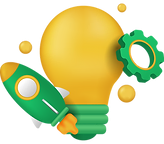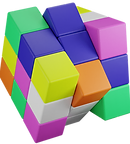Education via soroban refers to teaching arithmetic using a traditional Japanese abacus, known as a soroban. The soroban is used to help students develop mental calculation skills and a deeper understanding of numbers and mathematical operations. This method is often used in conjunction with mental arithmetic training and has been shown to improve cognitive abilities, memory, and concentration.
The soroban typically has a rectangular frame with beads arranged on rods, where each rod represents a digit in a number. Students learn to move the beads to perform calculations such as addition, subtraction, multiplication, and division. Over time, students transition from physically using the soroban to performing calculations mentally by visualizing the movements of the beads.
This method is popular in countries like Japan and China and is often taught in specialized programs to help children build a strong mathematical foundation while also improving overall cognitive function.
Would you like more specific details or perhaps explore how this fits into the A+ Students program you’re working with?


